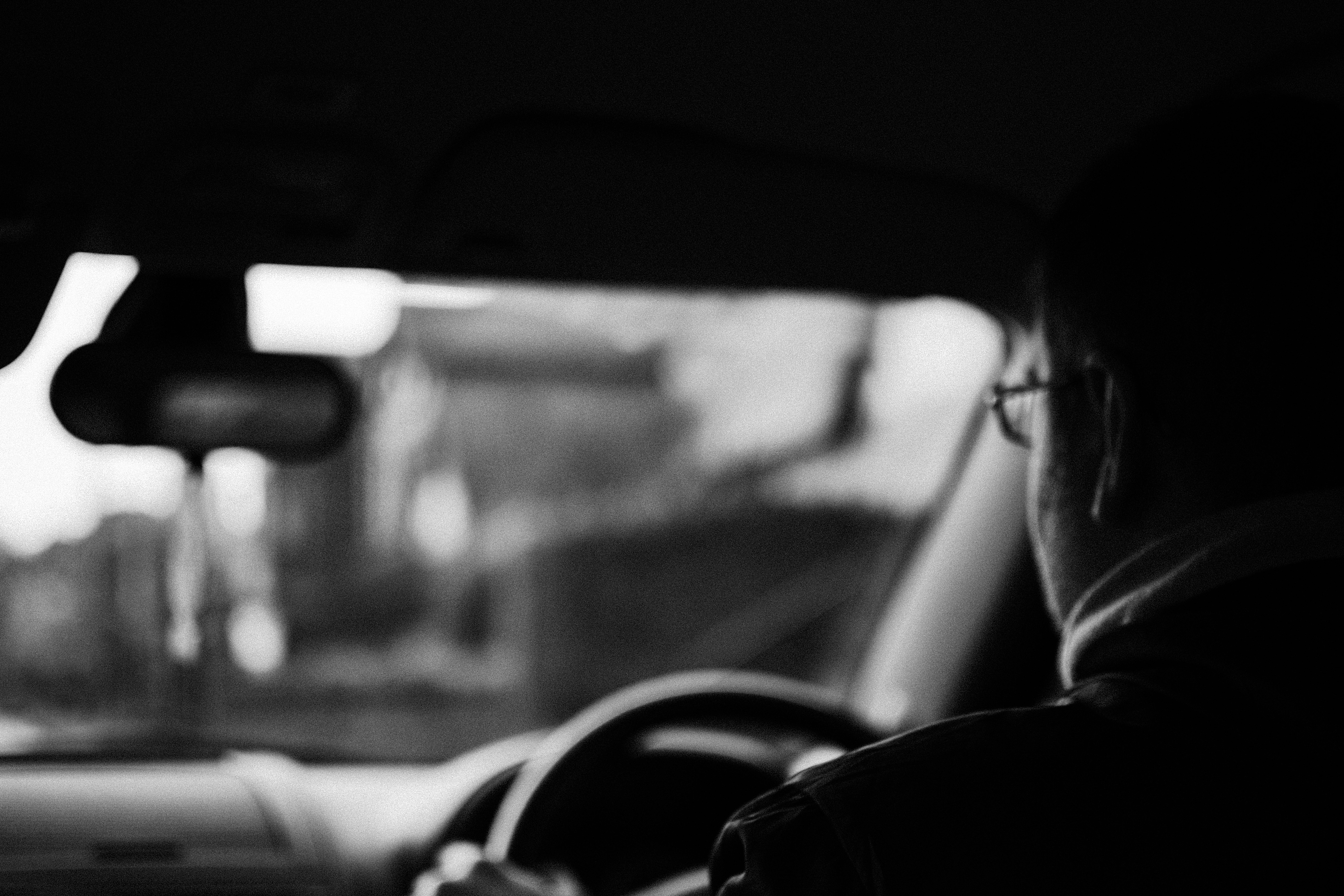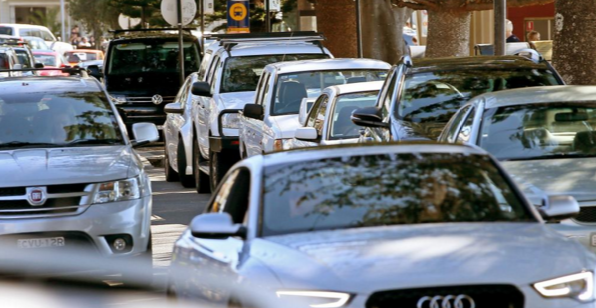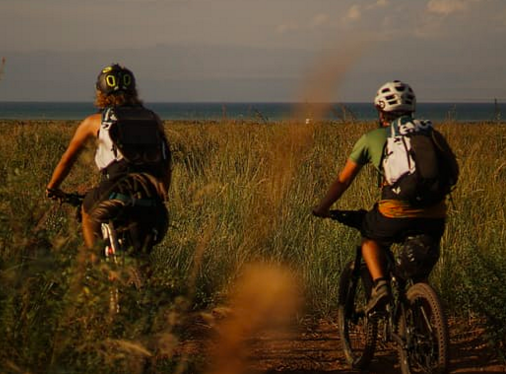
Road safety tips for older drivers
Monday, 16th December 2019
Staying safe on the road is important for all drivers, however older drivers need to be particularly aware that there are a range of factors that can affect their driving and safety on the road.
- Fatigue: do not drive at times when you would normally be asleep.
- Alcohol: plan ahead. Avoid driving if you are going to be drinking alcohol.
- Medications: alcohol can also cause adverse reactions with some medications. If you are unsure, do not drive and consult your doctor or pharmacist for more information.
- Distance behind the vehicle in front: as we get older our reaction times get slower. Leave at least a two second gap between the car ahead and your own. In wet weather, when driving at night or in low visibility, allow a four second gap.
- Use daytime running lights: this makes it easier for your car to be seen by other drivers and will make it easier for you to see on a dull day.
- Head checks: it is important to turn your head to check for vehicles in your blind spot, especially when merging, changing lanes or before moving off at an intersection. Try turning from the waist to make this easier.
- Take your time: it is easy to feel pressured to increase speed if there is a line of traffic behind you, or a car tailgating. Pull off the road to let them pass if you need.
- Heavy traffic: avoid driving in peak hour traffic if possible.
- Long trips: make sure you have a good night's sleep before you leave and plan regular rest and refreshment breaks during the journey.
- Road rules: keep up to date. Road rules are also highlighted in VicRoads Older drivers Handbook.
Tips for older pedestrians
As well as driving, older people need to be cautious and aware as pedestrians. Here are some areas to be aware of so you keep safe on the roads.
Crossing roads - Use traffic lights, pedestrian crossings, pedestrian refuges and over and under passes.
- Make sure traffic has stopped before stepping off the kerb.
- Avoid crossing near the crest of a hill or on a bend.
- Avoid crossing from between parked vehicles.
- Establish eye contact with the driver to ensure you have been seen.
- Keep looking for oncoming traffic while crossing the road.
Clothing: Light coloured or reflective clothing is more easily seen by drivers than dark colours – especially at night.
Source: TAC


